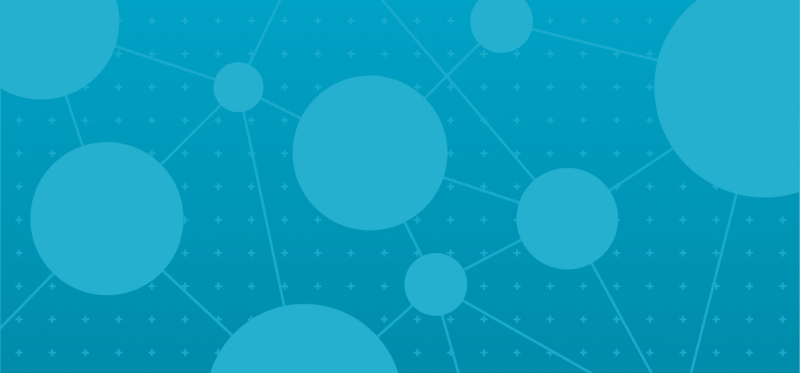We all understand simple mechanical systems like pulleys.
Complex systems, like rain forests, however, work differently.
They exhibit unique characteristics, including modularity, homeostasis, self-organization, resilience, emergence, non-linearity, inter-dependence with other complex systems, and collapse.
In work and life, we encounter complex systems every day. They include:
- Human brains
- Human bodies
- Human relationships
- Organizational cultures
- Financial markets
- Digital media ecosystems
- Competitive business environments
- Global climate
One sure-fire way to make big mistakes is to expect complex systems to behave like simple ones. You’ll notice people doing this all the time. E.g., “My investments are down right now, but you know, the pendulum always swings back.” These simple system metaphors can warp our understanding of what’s really going on.
Complex systems aren’t necessarily complicated, however.
First of all, they all obey similar principles. We may not be able to grasp the underlying algorithms perfectly, but we know what kinds of phenomena to expect.
Secondly, they can all be examined at the level of dynamic complexity or detail complexity. Dynamic complexity focuses on the key variables that matter. It merits more attention. Detail complexity either distracts us with minutiae or gives us valuable data to test whether our current algorithms are correct.
Many of the experts I admire and feature on The Next Us website understand complexity very well. Examples:
- James Rickards—global capital markets
- Avinash Kaushik—web marketing analytics
- Nate Silver—predictions and forecasts generally
- Clayton Christensen—business competition
- Ray Kurzweil—neuroscience and artificial intelligence
- Dan Siegel—mental health and psychological resilience
- Roger McNamee and Mike Maples, Jr.—technology investment cycles
In my own strategy consulting and individual coaching work, here are some insights related to complexity that tend to recur:
- An organization’s goals—not its starting conditions or competition—create the primary context for its choices.
- Macroeconomic conditions determine where money gets invested, what kinds of investments succeed, and which kinds will scale.
- Over long time horizons, indirect competition is always more concerning than direct competition.
- An organization’s goal very quickly becomes to perpetuate itself. When this happens, it often becomes insular, loses curiosity about its customers, stops taking risks, and thereby makes its collapse more likely.
- Inefficiency increases exponentially with organizational size.
- The explicit and implicit contract in a relationship is more important than how any one conflict escalated.
- A CEO’s personality is a “strange attractor” that can limit an organization’s ability to execute on an otherwise-solid strategy.
- Co-founder relationship dynamics mirror those of marriages.
- Changing a habit requires cultivating new behaviors, not combating the existing ones.
- The strategies that work before a system collapses are not the ones that will work after.
- No dogma, approach or answer is useful or right in every situation. Make informed, contextual choices.
- It’s very helpful to be able to hold, understand, and respect opposing viewpoints. Echoing Nate Silver: be a fox not a hedgehog.
